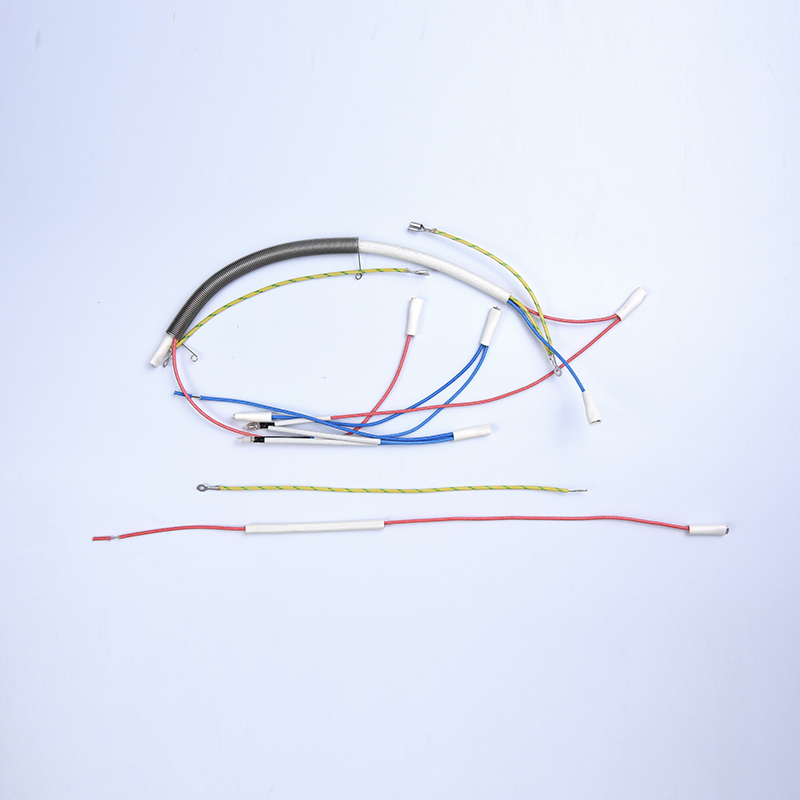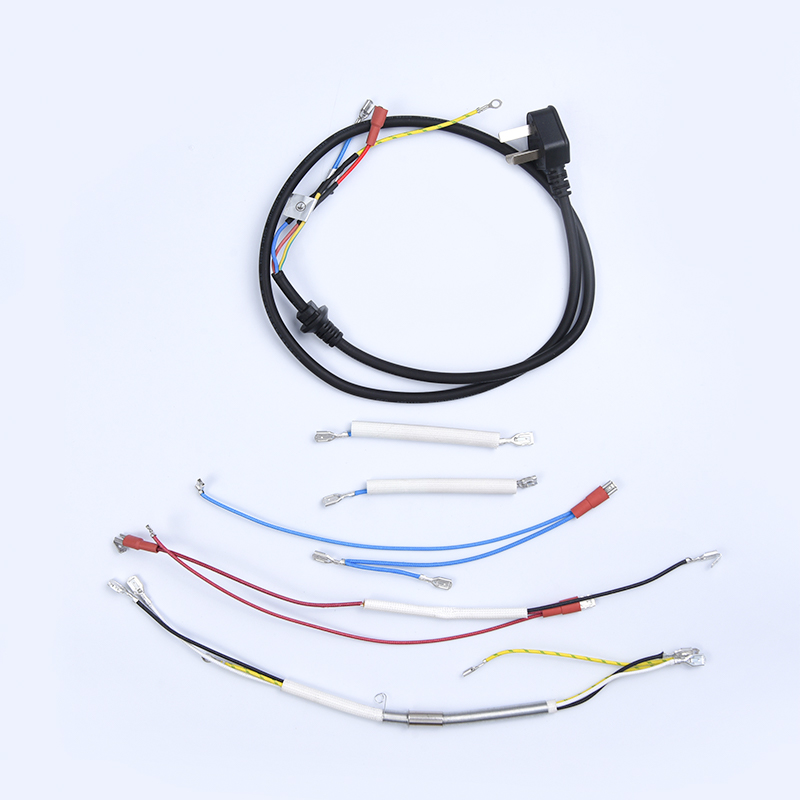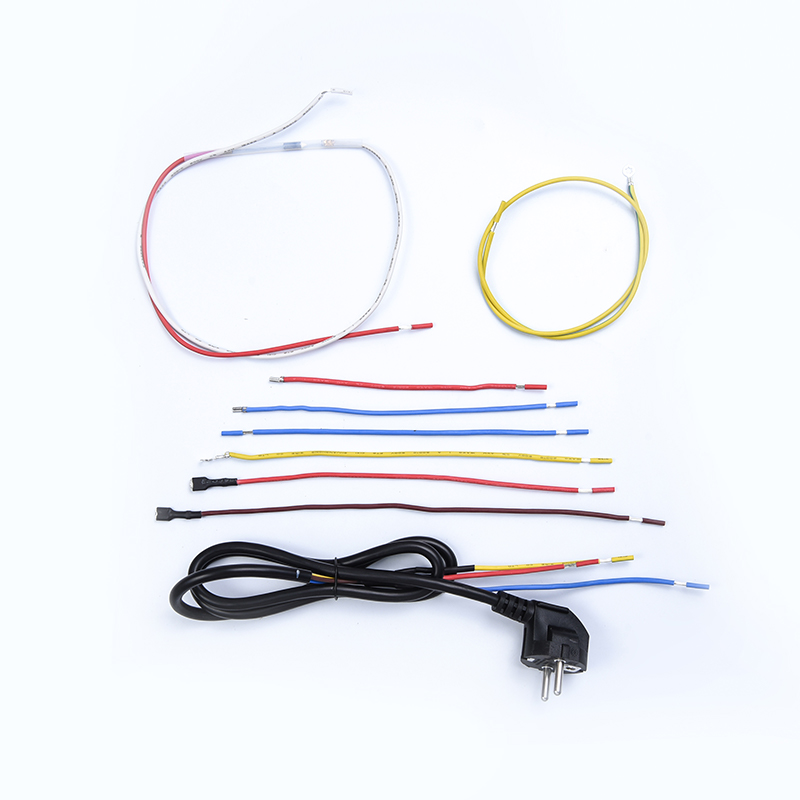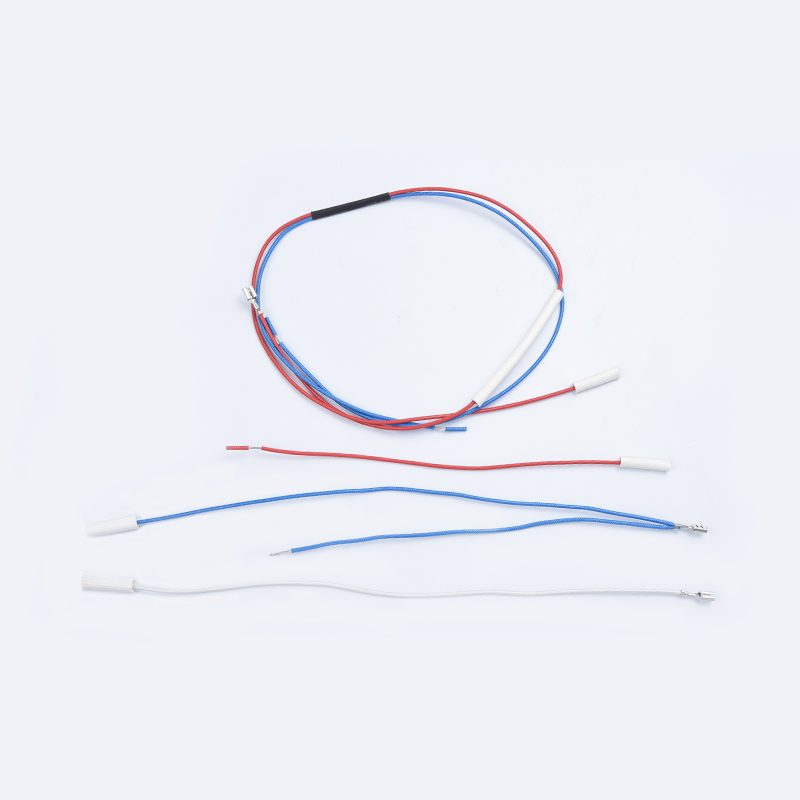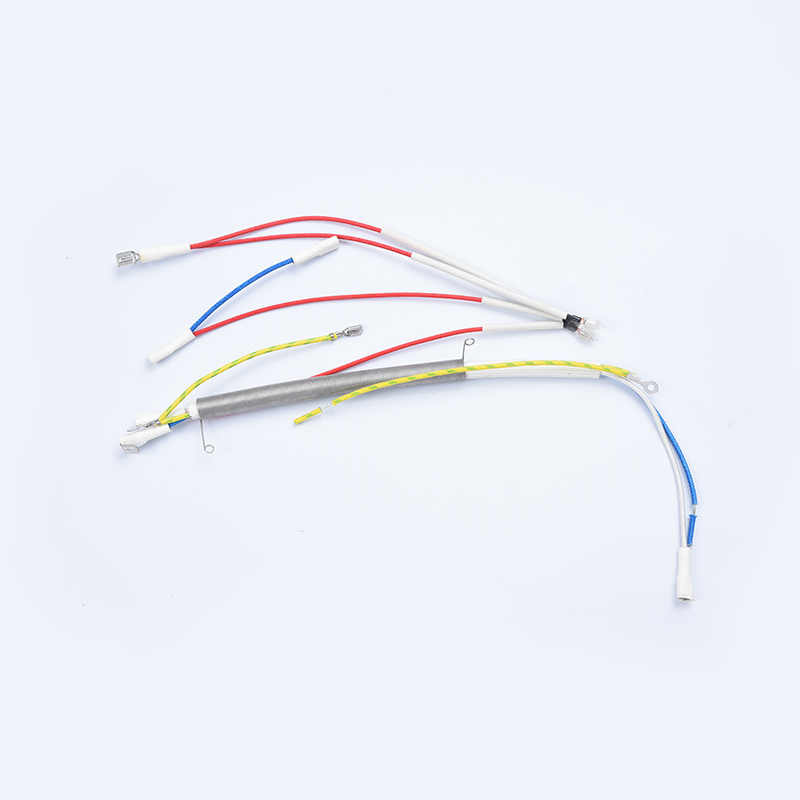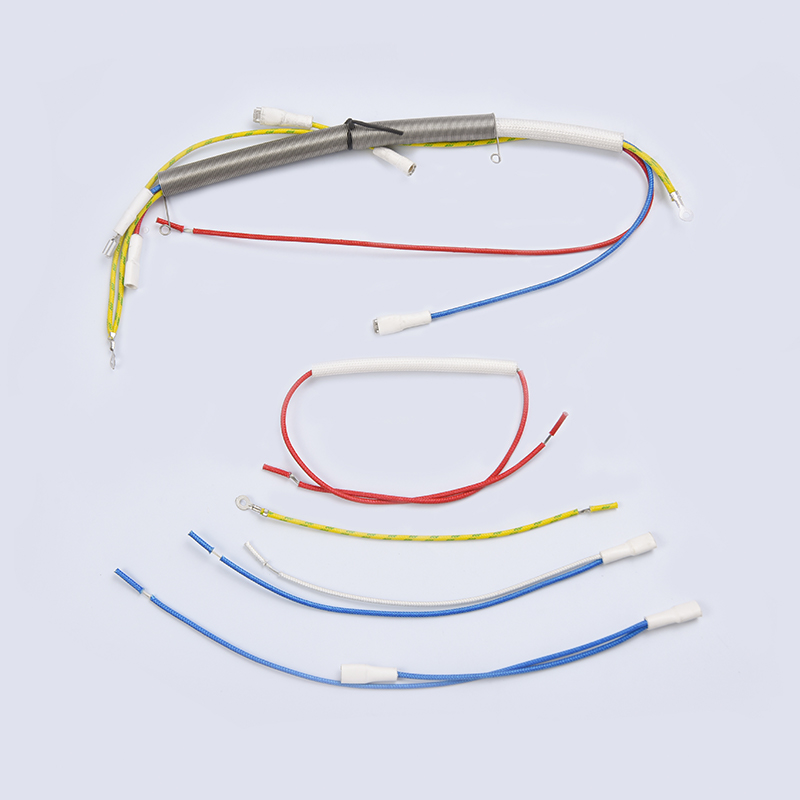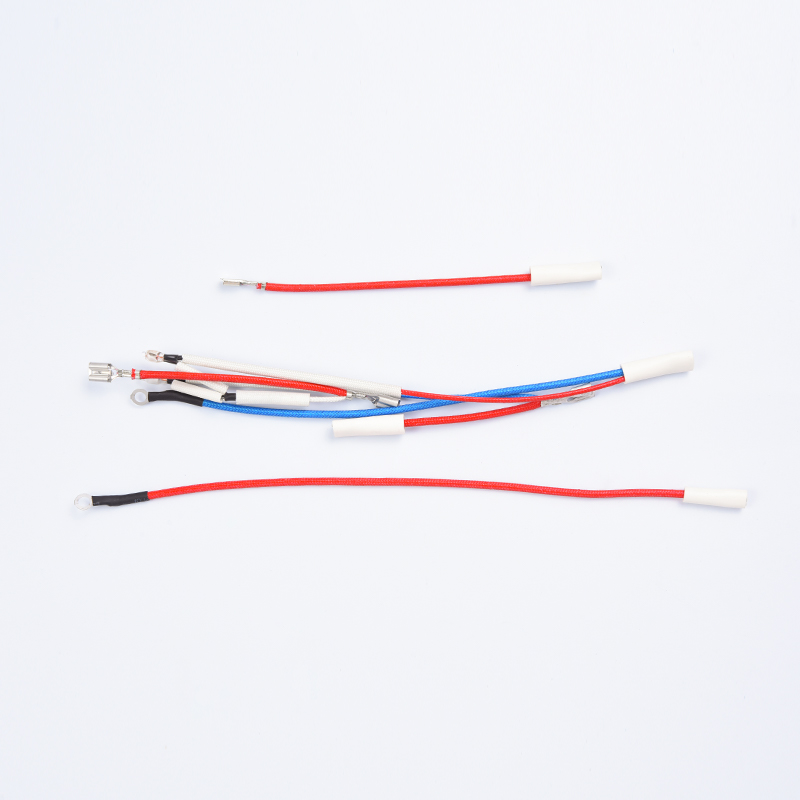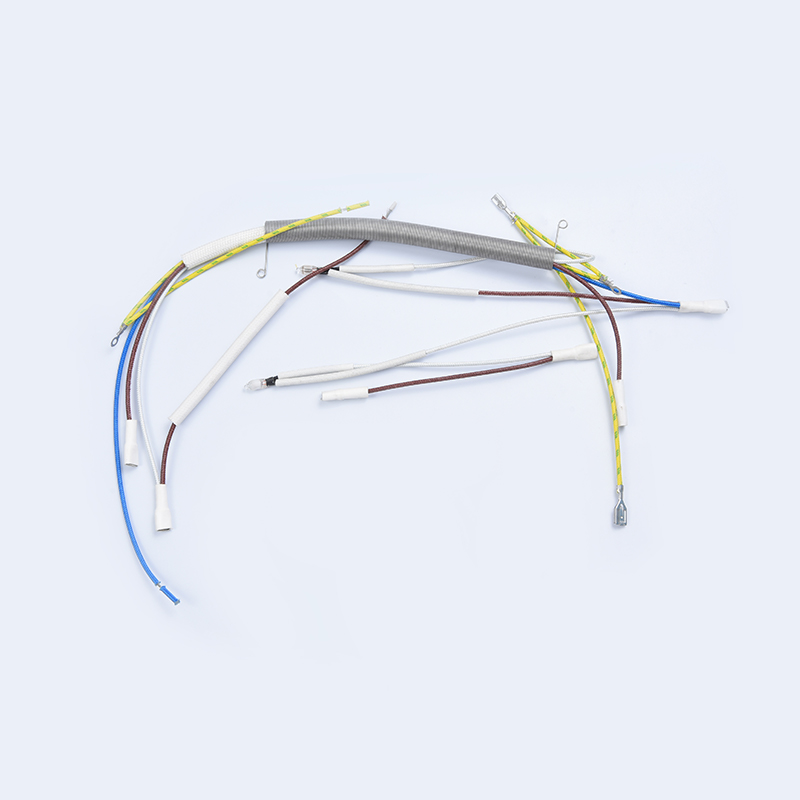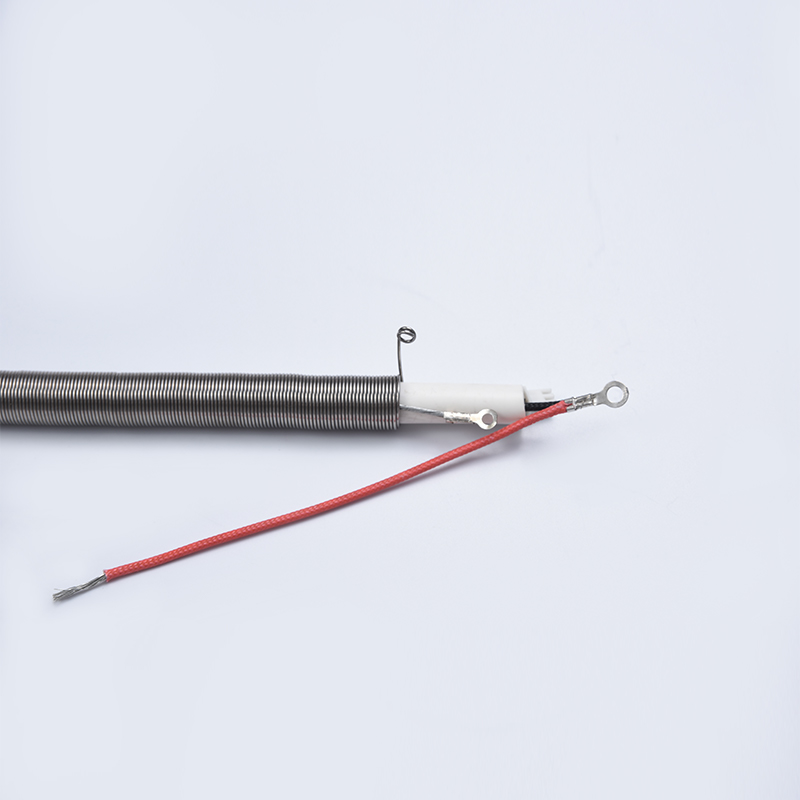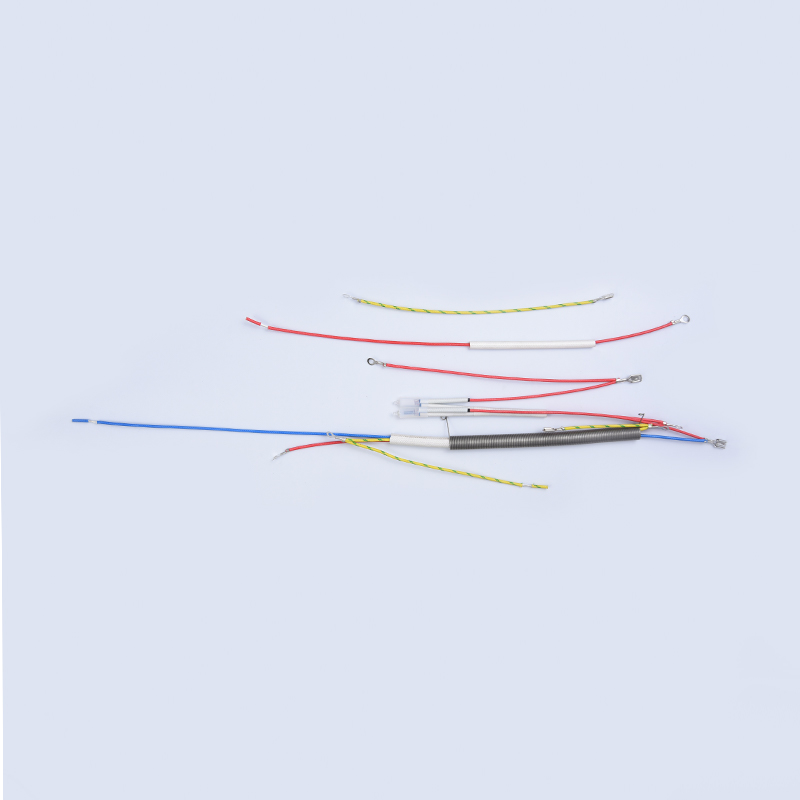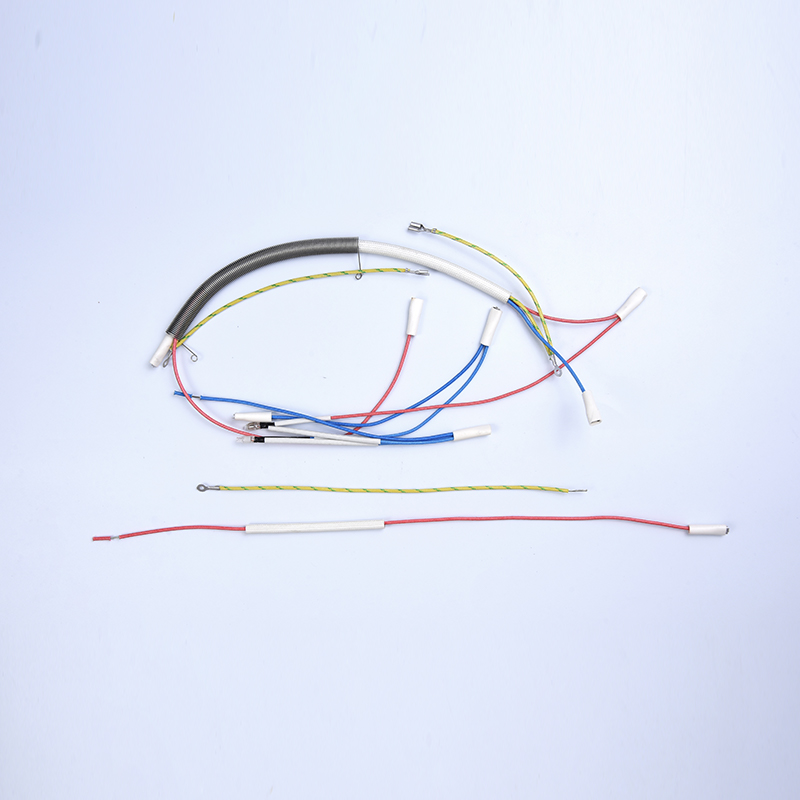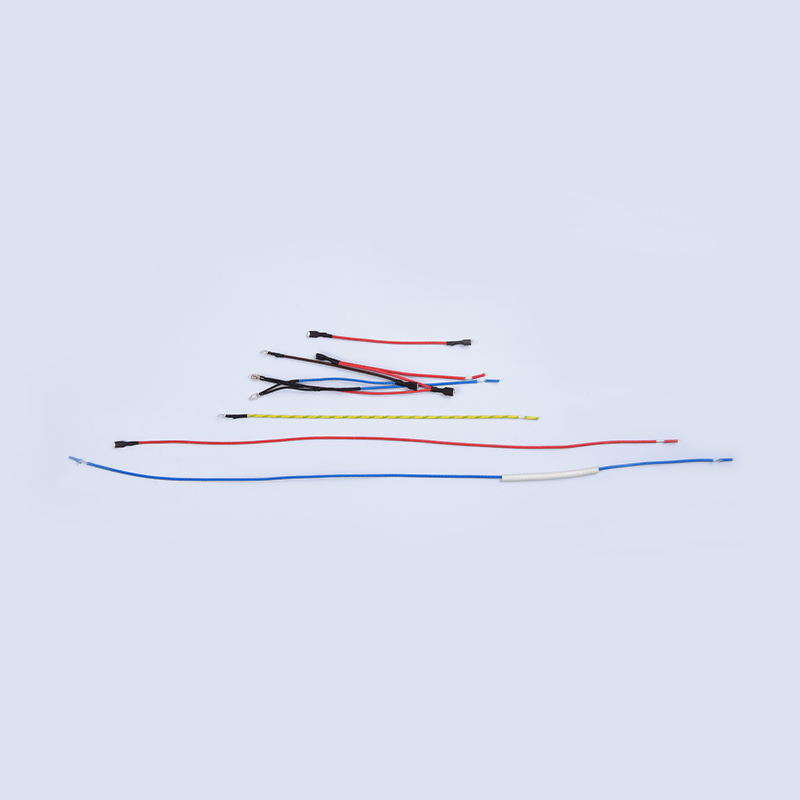+86-0574-63316601
Content
With the rapid development of smart home technology, more and more kitchen appliances are becoming intelligent and automated. From smart refrigerators and ovens to smart dishwashers and steam ovens, the prevalence of smart kitchen appliances has greatly improved the convenience and efficiency of home life. Behind these devices, kitchen appliance wiring harnesses, as a key electrical connection system, play an indispensable role. Kitchen appliance wiring harnesses not only transmit power and signals but also serve as the cornerstone for the high efficiency, longevity, and stable operation of smart home systems.
Application Trends of Kitchen Appliance Wiring Harnesses in Smart Homes
As the concept of smart homes gradually penetrates every household, smart kitchens are becoming a growing trend as an essential component of family life. The design and development of kitchen appliance wiring harnesses are no longer limited to traditional power transmission functions. Their functions are becoming increasingly diverse, and their responsibilities are also increasing.
Trends towards Modular and Customized Design
Traditional kitchen appliance wiring harness designs are typically "one-size-fits-all" solutions, suitable for most electrical appliances. Nowadays, with the increasing diversification and personalized demands for smart kitchen appliances, kitchen appliance wiring harness designs are trending towards modularization and customization. Each appliance requires a different wiring harness design based on its specific needs, such as function, size, and environmental conditions. Modular design allows for greater flexibility in wiring harness structure, allowing for free combination and adjustment based on specific appliance requirements, reducing resource waste and unnecessary complexity.
This trend not only meets personalized needs but also improves the installation and maintenance efficiency of kitchen appliances. With the increasing popularity of various kitchen appliances, customized wiring harness design will become a key development direction in the future market, especially given the increasingly stringent and diverse electrical connection requirements for smart kitchen devices.
High-Efficiency Power Transmission and Signal Connection
In the smart home environment, kitchen appliances are no longer simply "power consumers." Modern smart kitchen devices often require connectivity with multiple sensors, control modules, wireless signaling devices, and other components to facilitate information exchange and device collaboration. Therefore, kitchen appliance wiring harnesses must not only support efficient power transmission but also carry signals between various devices, such as temperature control signals, humidity sensor signals, and remote control commands.
These intelligent signal transmissions require wiring harnesses that provide stable electrical connections, avoiding signal interference or loss, ensuring smooth and efficient operation of smart kitchen appliances. For example, smart refrigerators can automatically adjust temperature and connect to home systems, while smart ovens can automatically bake and adjust baking parameters based on recipes. All of these require precise power and signal support from the kitchen appliance wiring harness.
With the increasing interaction between smart kitchen appliances, the signal transmission capabilities of the kitchen appliance wiring harness will become increasingly critical, and the anti-interference design of cables and wiring harnesses will also become a key factor in improving performance.
High-Temperature, Corrosion-Resistant, and Eco-Friendly Material Application
The unique environment of the kitchen, characterized by high temperatures, high humidity, and abundant cooking fumes, places higher demands on the electrical connection systems of kitchen appliances. Therefore, kitchen appliance wiring harnesses must possess enhanced resistance to high temperatures, corrosion, water, and moisture. Especially for high-temperature appliances like smart ovens and smart steam ovens, the wiring harness must withstand long-term high-temperature operation without insulation damage or electrical failure.
Furthermore, with increasing environmental protection requirements, the use of eco-friendly materials has become a key trend in kitchen appliance wiring harness design. Halogen-free, recyclable, and low-pollution environmentally friendly materials will gradually replace traditional materials, enabling kitchen appliance wiring harnesses to not only meet the challenges of high-temperature, high-humidity, and oily environments, but also meet the demands of sustainable development.
Integration of Intelligent Sensing and Automatic Detection Functions
One of the core features of a smart home is the interconnectivity and intelligent sensing between devices, and kitchen appliance wiring harnesses are also developing in this direction. Future kitchen appliance wiring harnesses will not only be a means of transmitting power and signals, but will also be integrated with smart sensors and automatic detection modules to provide real-time monitoring and automatic repair capabilities. For example, smart refrigerators will use wiring harnesses to connect temperature sensors to monitor the freshness of ingredients, while smart dishwashers will use wiring harnesses to connect water quality sensors to automatically detect water flow and adjust water volume.
With the prevalence of smart home devices, kitchen appliance wiring harnesses can also integrate remote fault detection and self-repair functions. For example, when an electrical problem occurs, sensors in the wiring harness will provide real-time feedback to the home management system, enabling remote diagnosis and resolution. This innovation will extend the lifespan and failure rate of kitchen appliances, reduce labor costs for repairs, and enhance the user experience.
The Future of Kitchen Appliance Wiring Harnesses in Smart Homes
Stronger System Compatibility and Interoperability
With the proliferation of smart home devices, kitchen appliances, as a crucial component of smart home systems, will require greater emphasis on system compatibility in wiring harness design. Efficient interoperability and data sharing are essential for kitchen appliances of different brands and types. As the crucial bridge connecting these devices, wiring harnesses must possess excellent compatibility, accommodating signal exchange and power supply between various appliances.
In the future, kitchen appliance wiring harnesses will gradually adopt intelligent, standardized interfaces, with greater emphasis on connectivity and scalability in their design. This will help enhance the overall intelligence level and user experience of smart home systems, reduce inter-device adaptation issues, and improve the collaborative efficiency of kitchen appliances.
Flexible and Lightweight Design
With the trend toward increasingly thinner and smaller smart kitchen appliances, kitchen appliance wiring harness design will prioritize flexibility and lightweightness. Traditional rigid wiring harnesses may be limited in installation and layout, while flexible wiring harnesses offer greater adaptability and flexibility, allowing for routing within smaller and more complex spaces. This design will significantly enhance the integration of kitchen appliances, reduce space requirements, and enable more compact and flexible kitchen designs to meet diverse household needs.
Integration of Intelligent Transmission and Self-Diagnostic Functions
Future kitchen appliance wiring harnesses will not only transmit power and signals but also incorporate more intelligent functions. For example, wiring harnesses may include temperature monitoring, pressure sensing, and load detection capabilities, providing real-time feedback on device operating status and automatically adjusting operating modes using intelligent algorithms. This will make kitchen appliances more autonomous and intelligent, allowing users to access device status data at any time, remotely manage and control them, and even proactively prevent equipment failures.




 中文简体
中文简体